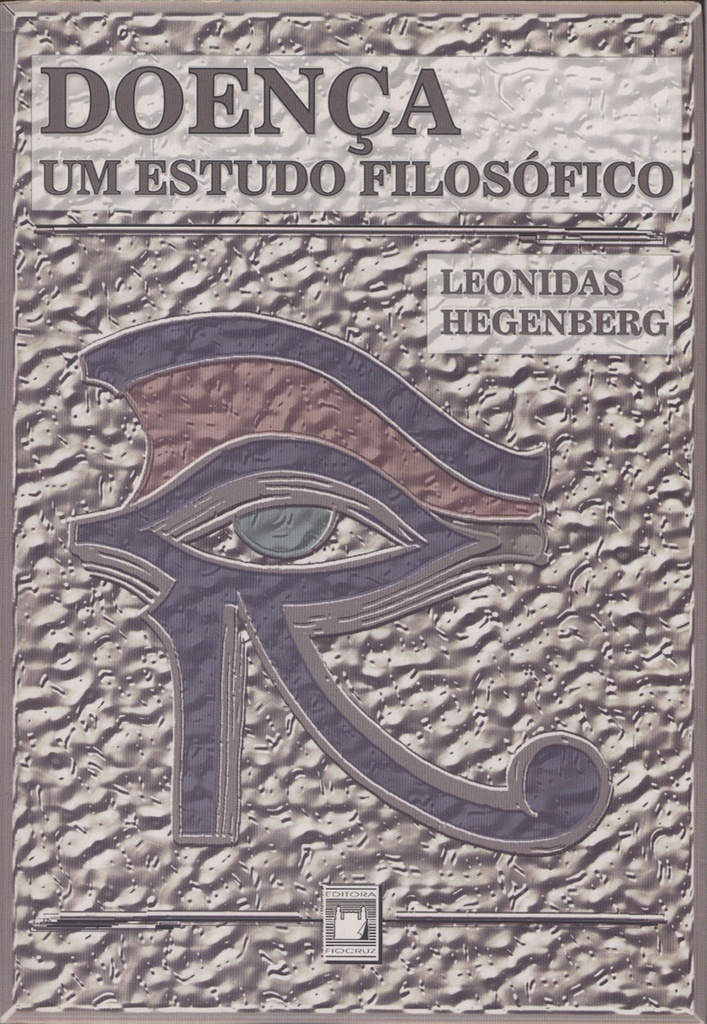General Chemistry: Principles, Patterns, and Applications
Editorial: FIOCRUZ
Licencia: Creative Commons (by-nc-sa)
Autor(es): Hegenberg, Leonidas
The overall goal of the authors with General Chemistry: Principles, Patterns, and Applications was to produce a text that introduces the students to the relevance and excitement of chemistry.
Although much of first-year chemistry is taught as a service course, Bruce and Patricia feel there is no reason that the intrinsic excitement and potential of chemistry cannot be the focal point of the text and the course. So, they emphasize the positive aspects of chemistry and its relationship to students' lives, which requires bringing in applications early and often. In addition, the authors feel that many first year chemistry students have an enthusiasm for biologically and medically relevant topics, so they use an integrated approach in their text that includes explicit discussions of biological and environmental applications of chemistry.
Topics relevant to materials science are also introduced to meet the more specific needs of engineering students. To facilitate integration of such material, simple organic structures, nomenclature, and reactions are introduced very early in the text, and both organic and inorganic examples are used wherever possible. This approach emphasizes the distinctions between ionic and covalent bonding, thus enhancing the students' chance of success in the organic chemistry course that traditionally follows general chemistry. Finally, the authors made a conscious effort to treat material that has traditionally been relegated to boxes, and thus perhaps perceived as peripheral by the students, by incorporating it into the text to serve as a learning tool.
To begin the discussion of chemistry rapidly, the traditional first chapter introducing units, significant figures, conversion factors, dimensional analysis, and so on, has been reorganized. The material has been placed in the chapters where the relevant concepts are first introduced, thus providing three advantages:
Eliminates the tedium of the traditional approach, which introduces mathematical operations at the outset, and thus avoids the perception that chemistry is a mathematics course;
Avoids the early introduction of operations such as logarithms and exponents, which are typically not encountered again for several chapters and may easily be forgotten when they are needed; and
Provides a review for those students who have already had relatively sophisticated high school chemistry and math courses, although the sections are designed primarily for students unfamiliar with the topic.
Consider this text for your course if you are interested in In summary, a text that represents a step in the evolution of general chemistry texts toward one that reflects the increasing overlap between chemistry and other disciplines. Most importantly, if you want a text that discusses exciting and relevant aspects of biological, environmental, and materials science that are usually relegated to the last few chapters, in a format that allows the you to tailor the emphasis to the needs of the class. Request your desk copy today.
Compartir:
Una vez que el usuario haya visto al menos un documento, este fragmento será visible.


